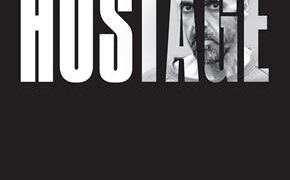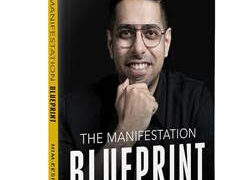
CHAPTER 10
Chained And Fettered
In the afternoon of June 10, 1975 , finally without much ado or gore, it all came to an end. George was arrested from St Paul’s Cathedral on Chowringhee Road in Calcutta. A posse of CBI men barged in and found three men sitting in a back room of the church auditorium . The church ran a social organization called The Samaritans. Vijayan Pawamuni was its operational incharge . He was one of the three men. The second was Vijay Narain from Varanasi, who had just arrived from Delhi. While coming in , he had noticed ‘ many strange-looking people around the church’. There were were men positioned even on the roofs ofadjoining buildings. He asked the third man to leave immediately, But as this man dithered , the raiding team broke in. Amidst a swirl of commotion and plenty of shouting, they asked each of them to give their identities , Vijayan Pawamuni responded, and said the two others were his guests. Did he have a guest register? There indeed was one in which the third man had signed as Professor Raj Shekhar from Allahabad on a reserach assignment. They asked for his luggage. He had kept a suitcase with Vijayan Pawamuni , who, thinking it safe, gave that over to them. Rummaging through they found a photo identity card of George Fernandes, president of the AIRF. George though was not one to give up easily. With a deadpan face, he disclaimed he was whom they in their spurt of euphoria had assumed him to be . But having got their prey, they would not let it slip away so easily. It had been an unprecedented manhunt, that intensified greatly after the Baroda group was busted,
Many years later, when asked why a man in his circumstances would carry anything that gave away his identity, he explained . ‘If the police were to gun me down, someone should know who the person was’. Some years before, D’ Mello had been found dead and unclaimed on a pavement in Calcutta and it helped identify his body when a badge of the Port and Dock Workers’ Union was found on his person . This had so affected George that the memory of it had made him carry his identity even in times when it was least expected. ‘ These eleven months of underground life’, he wrote to his wife days before his arrest, mediating over life and death, ‘ have given me further evidence of the working of God’s hand in most of what Iam doing. But for His protecting hand, I should not have been around’. Death had followed him all these months , yet something saved him from the clutches of its claws. He had ignored advise nudging him to leave the country . In response he would say, ‘ This is my country, I shall work here, live here and die here’. If it is given to me to die sin struggle, I shall welcome death. When urged to save himself to fight another day, he would say unequivocally , ‘ Well if it comes to that, let me leave it to others to fight another day. For me, the struggle is here and it is today. Years before , he had been to Kohima’s War Cemetery and had seen a rock memorial on which it was engraved :
When you go back home
Tell them about us, and say
For their Tomorrow
We gave our Today
The words had brought tears to his eyes. But in this struggle , the certainty with which he had carried on gave him a mysterious immunity and made him invulnerable to the risks.
The arrest , contrary to what was long prophesied , didn’t end in an instant slaughter . He was taken to the police officer at Alipore , where till the morning of the following day, he was made to sit on a ‘ hand wooden chair’ and not allowed to sleep. A flurry of intelligence men took turns interrogating him. They needed him to confess . He said nothing. ‘ In the hours immediately after my arrest, he recollected a month later, I told the police that I would make no statement whatsoever concerning my activities and movements for the period from 26 June 1975 to 10 June 1976 . He was served with an arrest order under the Maintenance of Internal Security Act ( MISA) . A special Air Force plane from Delhi brought the order, pending execution since July 1975. Repeatedly, the Delhi Police had sent confidential circulars to the police across the states for his arrest. An August ’75 order had even enclosed a photograph of him for ready reference and identification. Later they declared a reward for his capture, dead or alive. After the Baroda hideout was busted, the intelligence bureau (IB) renewed the ‘ secret/ immediate’ order on 18 March, 1976, for ‘ a vigorous drive launched with a view to securing his apprehension ‘.
( Excerpted with permission from Penguin Random House India )
[the_ad id=”55724″]


















